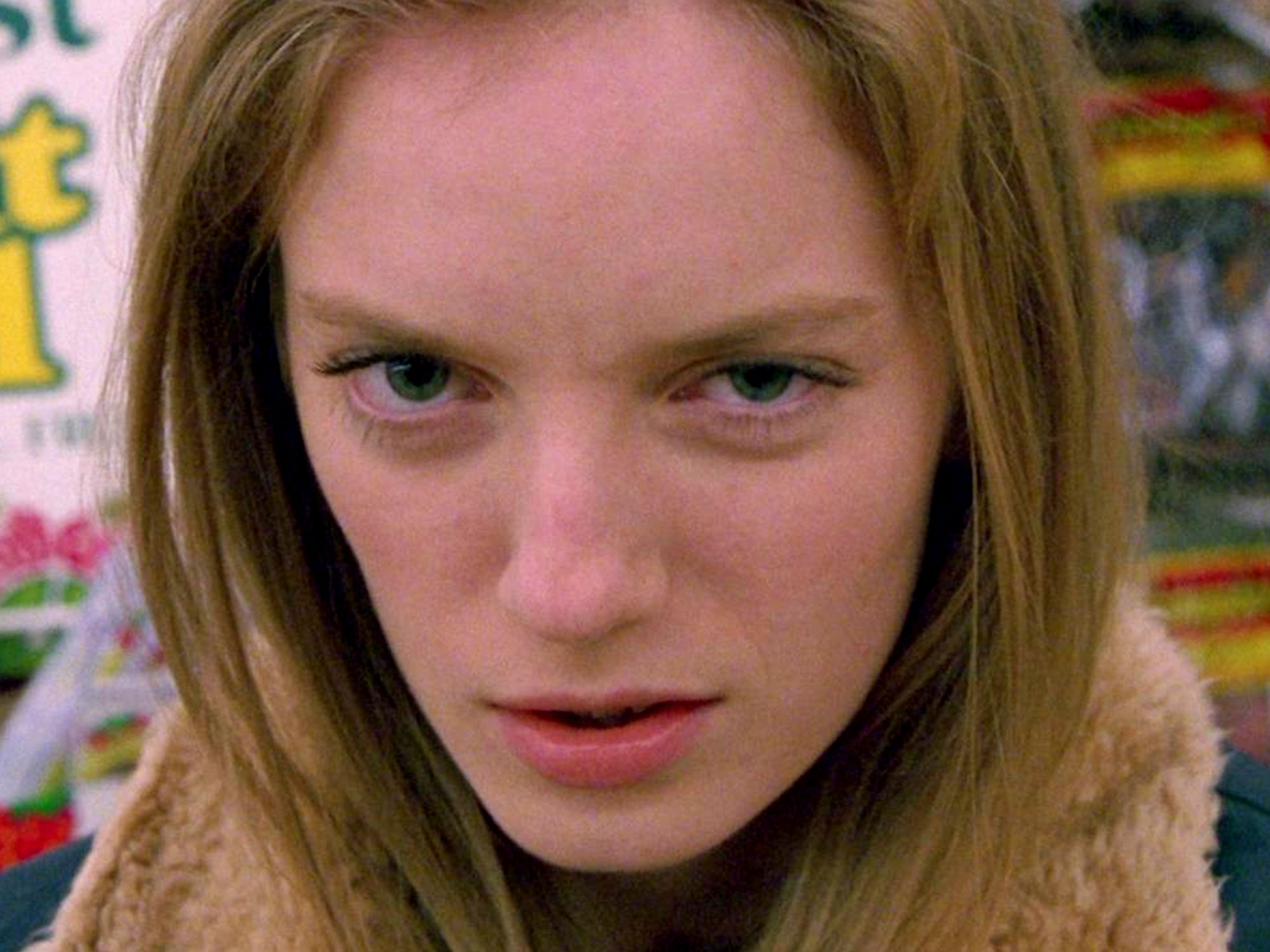
A Day-Glo curio that skirted around the teen movie tidal wave of 1999, Doug Liman’s Go captured LA rave culture at its zenith, when young people in bucket hats and space buns would escape to far away warehouses and experience an ultimate EDM-induced euphoria.
Featuring Timothy Olyphant as a Pete Davidson-esque drug dealer, Melissa McCarthy in her big screen debut and Katie Holmes going full anti-Joey at the peak of Dawson’s Creek, Go was Liman’s follow-up to indie hit Swingers, and a conscious step away from the commercial comedy projects that fell into his lap as a result of the film’s surprise success.
Despite warnings that Go would stunt Liman’s trajectory from his agent (they needn’t have worried – he went on to direct The Bourne Identity, Mr & Mrs Smith and Edge of Tomorrow), the director saw no fun in easy money, and set to work bringing his Christmas rave-fuelled fairy tale to the screen.
Upon release the film drew inevitable comparisons to Pulp Fiction with its three interlacing storylines – here pivoting on a botched ecstasy heist – but the similarities also stretched to the melange of oddball characters that pepper Go: Jane Krakowski as the hyper-sexualised wife to William Fichtner’s closeted policeman; a pair of secretly gay soap stars played by Party of Five’s Scott Wolf and Jerry Maguire’s Jay Mohr, a baby-faced Breckin Meyer’s insisting to a weary Taye Diggs that his “mother’s mother’s mother was black,†securing him as probably the worst of the bunch.
Liman makes no excuses for his rabble of unlikeable players; if anything he revels in the authenticity of their ruthlessness. Devoid of loyalty and fuelled by greed and/or desperation, his characters are given countless opportunities to turn back or choose a purer path, only for them to stray further into trouble every time.
Where Go shows its true edge is in its total lack of consequence for this sinful ensemble. Light punishments are doled out in the form of iodine poisoning and death threats from a telepathic cat, but otherwise characters emerge (mostly) unscathed and unchanged from their collective experience.
“So, what are we doing for New Year?†is the final line of the film.
To keep within the film’s $3.5 million budget, Liman took on the role of cinematographer on top of directing duties, and ran a small but hectic shoot that translates directly to the screen. Splicing the Columbia Pictures logo card with flashing images of kids flailing against neon lights and thick, smoky air, Liman instantly applies his granular, nocturnal aesthetic to Go, that climaxes in Mary X-Mas Super Fest; a cavernous rave that spread by word-of-mouth and printed flyers.
By the late ’90s, rave culture had officially settled into Los Angeles and was thriving on account of its lack of commercialism; a grassroots movement that the mainstream music industry couldn’t bottle.
Music was essential both to Go’s verities, and supervisor Julianne Jordan – who has since worked on everything from The OC to A Star is Born – assembled emerging DJs on top of household names like Fatboy Slim, Air and Moby for the film, while persuading a top-of-their-game No Doubt to record an original song for the closing credits.
It would be a brother-sister duo from Toronto however that would bring the most memorable track to the movie. Len’s ‘Steal My Sunshine’ would be the only hit that the band would produce, but its cute melodies and catchy samples made it a quintessential anthem of the ’90s, and was released to coincide with the Go’s opening weekend.
The film enjoyed largely positive reviews upon its release, but its distinctive voice made it difficult to place with audiences, and never quite hit that Swingers mark. Without fully committing to the tropes of the teen movie, instead opting for a darker shade of comedy to what the likes of the Farrelly brothers were offering at the time, Go seemed to be a film that set out only to prove something to itself.
Twenty years later, it exists as a perfect time capsule of young LA at the end of a decade. Its lack of real success upon release has nevertheless been followed by standout careers for Sarah Polley, Olyphant, and McCarthy – who is probably the most profitable of the lot despite her tiny role – and Liman claims it’s his favourite film to date.
To watch it back, there’s an undeniable scrappiness to Go as an unpolished but confident entry in the 1999 cannon. Like the underground culture of the time, the film has an energy you simply can’t bottle; at once a heist film, road trip movie and a Christmas comedy without ever fully being one or the other. It’s a sprawling, chaotic ode to a time and a place, and it’s never boring even for a second.
The post Go at 20 – How this teen movie captured LA rave culture at its best appeared first on Little White Lies.
